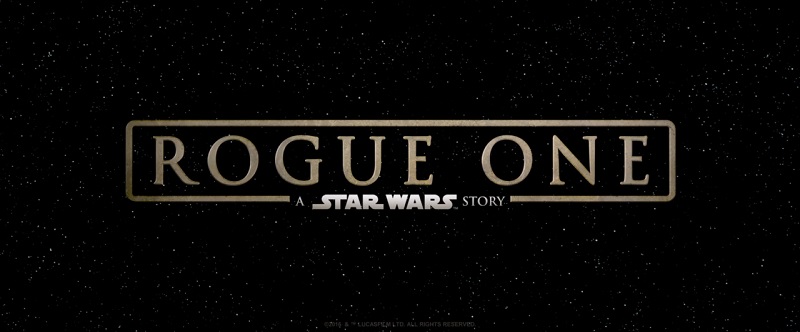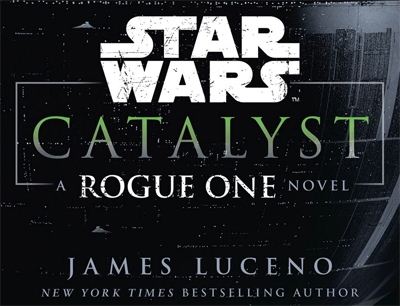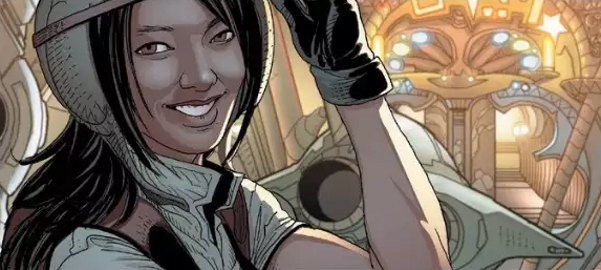
Well, it’s that time again—a new Star Wars film is only two weeks away, and promotion, once considered by some to be worryingly sparse, has reached the “unavoidable” stage. According to ComicBook.com’s YouTube channel, there are at least sixteen discrete Rogue One TV spots, plus two behind-the-scenes featurettes, three “international” trailers, two standard trailers, the original one-minute teaser from last spring, and last but not least a full 39-second clip that was released literally as I was writing this paragraph.
With all this stuff floating around, some inevitably start to wonder aloud if they’re showing too much. This was an even more pronounced concern a year ago, when spoiler aversion for The Force Awakens was at an almost religious intensity, so it occurred to me, a moderately spoiler-phobic fan myself, to actually sit down and do the math. After adding up all the distinct content I could find, I ended up with a figure of about five and a half minutes, or about four percent of TFA’s expected running time. That didn’t seem like very much after all, and furthermore, it turned out that the later a scene was situated in the film, the less of it we’d seen—almost half of the content was from Jakku, in fact.
But TFA was a special circumstance by any measure; an utterly blank canvas where simply the existence of stormtroopers, for example was Major New Information to be doled out carefully. With Rogue One, we already know how the damn thing ends: the Death Star plans are handed off to Princess Leia with Darth Vader in hot pursuit. The stakes here are not in the mission’s success but in the ultimate cost in the lives of the team, none of whom seem to be around later—but even the most revealing trailers generally have enough sense not to reveal who dies. So all things considered, it’s reasonable to expect a much lower bar for withholding the details of RO from us, and for that to be reflected in the material they’ve released. But there’s only one way to know for sure, so it’s time once again to dive deep into the footage and see what’s what. Read More
 It’s a unique time in the life of
It’s a unique time in the life of ![Star_Wars_Propaganda_New_Cover[1]](http://eleven-thirtyeight.com/wp-content/uploads/2016/10/Star_Wars_Propaganda_New_Cover1-337x450.jpg) (Programming note: this piece is the first of three about Star Wars Propaganda. On Friday and next Monday, I’ll be posting a two-part interview with the author, Pablo Hidalgo.)
(Programming note: this piece is the first of three about Star Wars Propaganda. On Friday and next Monday, I’ll be posting a two-part interview with the author, Pablo Hidalgo.)

